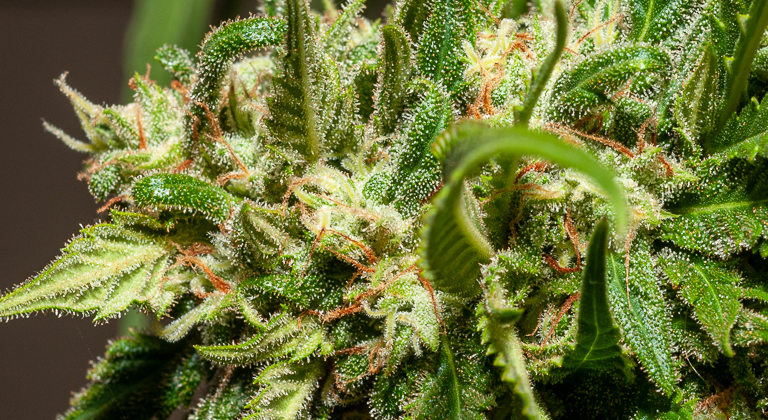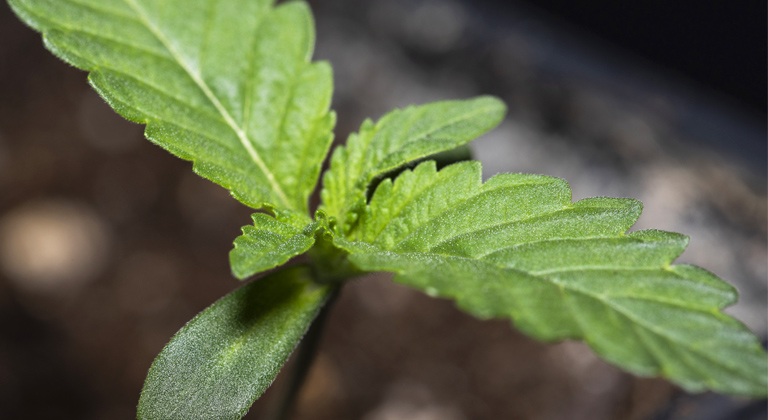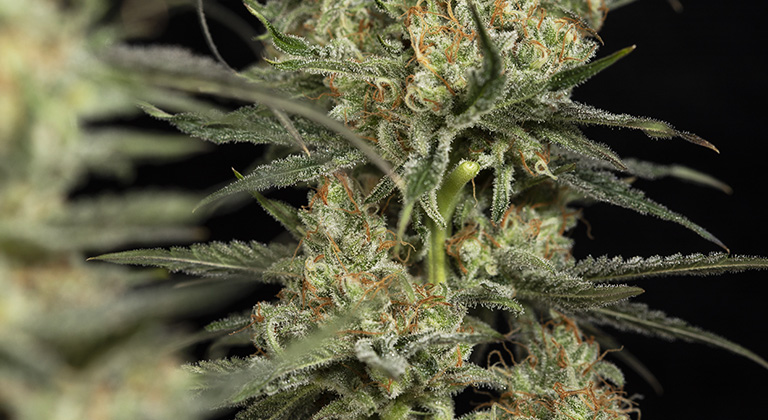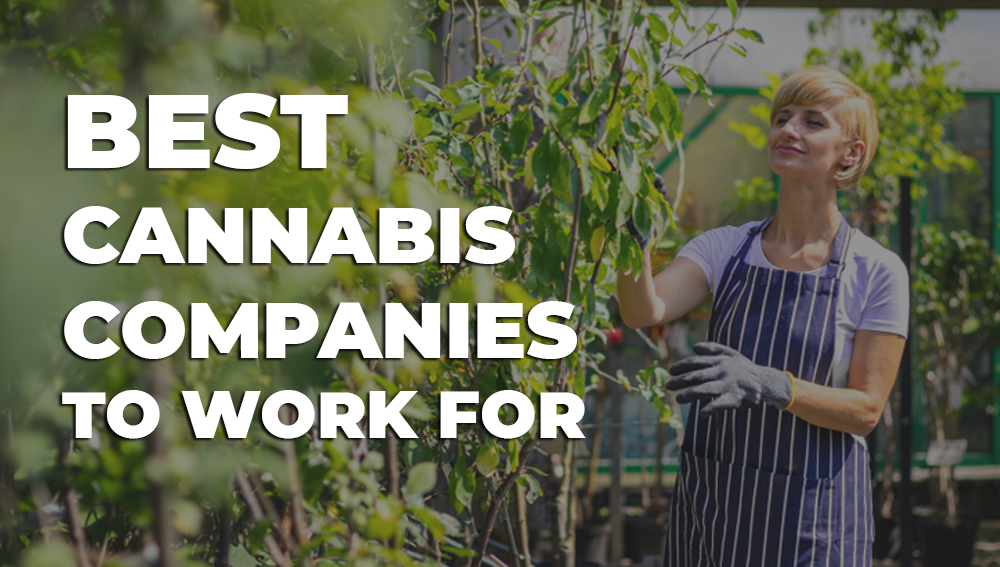
The cannabinoids are chemical compounds that bind at the cellular level to specific receptor proteins, the CB1 and CB2 receptors of the sistema endocannabinoide. All animals, with the exception of insects, have the endocannabinoid system, on which the cannabinoids produced in the marijuana plant act.
Sistema Endocannabinoide
The endocannabinoid system is made up of a set of CB1 and Cb2 receptors that interact with endocannabinoids (those produced by our body). Through this interaction, the call occurs homeostasis, which is nothing other than the proper functioning and balance of body functions such as: blood pressure, temperature, appetite, etc.
How does the endocannabinoid system work?
At the cellular level, these aforementioned receptors are specific to bind to cannabinoids in the human body. Two cannabinoid receptors have been identified: CB1 and CB2. These differ in transmission and in their distribution in the different tissues. The receivers CB1 are found primarily in the brain, nervous system, organs, and peripheral tissue. The receivers CB2 is found mostly in immune cells, the spleen, and the tonsils.
The activation of CB1 receptors is responsible for the characteristic effects of marijuana. However, it must be taken into account that the activation of CB2 receptors does not produce psychoactive effects. The human body naturally produces endocannabinoids that bind to these receptors to activate them. For example, the Anandamide (AEA), and 2-arachidonylglycerol (2-AG), endocannabinoid probes that are quite similar on a molecular level to THC and CBD from the marijuana plant.
Fitocannabinoides
Phytocannabinoids, the cannabinoids produced by the marijuana plant, also dock with CB1 and Cb2 receptors. More than 110 phytocannabinoids have been identified in the composition of the cannabis plant, however, there are some main cannabinoids, which are the ones found in a greater quantity, for example, THC, CBD, CBG, CBN and CBC.
The marijuana plant produces phytocannabinoids in their acid form and heat or oxidation is necessary to produce their so-called decarboxylation, which is nothing other than the process through which they pass from their acid form (for example THCa ), to its neutral form (in this case THC). When they are in neutral form is when we say that they are “active”, because in the case of some cannabinoids such as THC, they produce a psychoactive effect.
For decarboxylation to occur we must subject cannabinoids to high temperatures. This happens for example when this heat is provided by vaporizing, smoking or heating marijuana prior to consumption. From now on we will use the term cannabinoid to refer also to those produced in plants as is usually done.
Entourage effect of cannabinoids
Cannabinoids interact in agonizing or antagonistic ways. As we will see when analyzing the different cannabinoids, some react synergistically, supporting a certain effect, while others diminish the effects.
We say that cannabinoids interact in a way:
- Agonist when it has affinity for the receptor.
- Partial agonist when it has some affinity for the receptor, but is less effective than the main agonist.
- Antagonist when it has a certain affinity with the receptor, but does not produce a reaction in it, or inhibits the action of the agonist.
Terpenes and flavonoids, responsible for the aroma and flavor of marijuana plants, also interact with cannabinoids. For example, terpene limonene can produce an antidepressant effect together with the cannabinoid CBG. Limonene provides an energizing and uplifting high in high THC marijuana.
Cannabinoids in marijuana plants
More than 110 cannabinoids have been discovered in marijuana plants. Among the most common:
∆9-THC, the king of effect
∆9-THC (delta nine tetrahydrocannabinol), commonly called THC is the cannabinoid responsible for the psychoactive effects of marijuana. It is the most common cannabinoid in marijuana plants. Israeli chemist Raphael Mechoulam succeeded in synthesizing THC in 1964, which led to the investigation of other cannabinoids and the subsequent discovery of the endocannabinoid system.
THC acts on the CB1 and CB2 cannabis receptors. Since THC is the main active component of marijuana, it is used to measure the potency of different varieties. In the plant, THCA is found in its acidic version, and among the properties of this cannabinoid, we find that, apart from causing the famous psychoactive effect, it also has the following properties:
- Analgesic
- Muscle relaxant
- Antispasmodic
- Dilator broncho
- Appetite stimulant
- Sedative
- Neuro-protective antioxidant
- THC, as an anti-inflammatory, is 20 times more powerful than aspirin and two times more than hydrocortisone
CBD, the medicinal boom
CBD or Cannabidiol is the cannabinoid present in the highest proportion in industrial hemp plants and commercial medicinal varieties. It acts on 5HT1A receptors, and its poor action on CB1 receptors means that it lacks psychoactive effects.
In addition, another of the advantages of CBD is that it modulates the effect of THC, counteracting the side effects that some users find annoying, such as dry mouth or paranoia. In recent years, medicinal varieties have appeared with the same content of THC as CBD, or even low in THC and high in CBD.
Strains with 1: 1 THC / CBD ratios have a more sustainable psychoactive high, and those with little THC do not have the well-known “high” effect at all. Currently, its action against:
- Seizures
- Depression
- Anxiety
- Vomiting
- Inflammation
- Tumors
- Psychosis

CBN, the degradation of THC
Unlike CBD or THC, cannabinol or CBN is not found in acidic form in the plant. CBN is a non-enzymatic oxidative by-product of THC. It is common in old and poorly preserved grass. The first tests in humans suggested that it has no effect.
However, it DOES have mild activity on CB1 and CB2, one-tenth the effect of THC. If consumed together with THC, it produces a narcotic effect. To increase the concentration of CBN in a plant it is recommended to harvest a couple of weeks after the date indicated by the bank. You can also aerate the buds to promote oxidation. Efficacy is studied for its use:
- Against insomnia.
- To treat seizures.
- Treatment of burns and inflammation.
- Inducer to the development of bone tissue.
CBD-V, the new pharmacological hope
Cannabidivarin or CBDV was first isolated in 1969. It has no psychoactive action. Unlike THC and CBD, which act on CB1 and CB2 receptors, CBDV acts on the transient potential receptor TRPV1 located in the central nervous system and the peripheral nervous system.
The multinational company GW Pharma has the patent for its use in anti-epilepsy drugs. Its use is currently being studied for autism spectrum syndrome and Rett syndrome. In addition, its usefulness against pain and muscular dystrophy is being studied.
Recently, the Dutch Passion seed bank has presented the marijuana variety, Auto CBD-Victory and Elite Seeds the automatic variety Sedativa Auto CBDV. Both are high in CBDV.
CBG, the father of cannabinoids
Cannabigerol or CBG was discovered by Dr. Mechoulam in 1964. It has no psychoactive effect and It is the first cannabinoid to form in cannabis flowers.
The acid form CBGA becomes:
- THCA by action of the enzyme THCA synthase. So CBG is commonly called the father of THC. When we harvest the flowers at their point, the CBG has already been almost completely transformed into THCA.
- CBDA with the enzyme CBDA-synthase.
- CBCA with the enzyme CBCA synthase.
Its potential to:
- Glaucoma treatment.
- As an anti-inflammatory for Crohn’s disease.
- Effective neuro-protector for Huntington’s disease.
- Anti-bacterial action.
- Treatment of overactive bladder.
The Dutch Passion seed bank has released CBG Force feminized marijuana seeds. A variety with high CBG content and low THC content.

CBC, the third brother
Cannabichromene CBC has a similar structure to CBD and THC, since it originates from CBGA. Although it lacks psychoactive activity, it indirectly activates CB1 receptors and directly CB2. CBGA acts on the TRPV1 and TRPA1 receptors, these release anandamide, an endocannabinoid produced by our body that activates the CB1 receptors.
CBC acts synergistically with other cannabinoids, it was discovered in 1966 and found in high concentrations in some landraces varieties of India. However, at present its concentration is much lower in commercial varieties. This is due to decades of breeding to increase THC levels, since in these processes, breeders have been leaving other cannabinoids on the way.
Among the applications being studied for the CBC are:
- Use against acne.
- For the treatment of chronic pain.
- Stimulating neuronal regeneration.
- Anti-bacterial action.
- Anti-depressive activity.
THCV, the difference is in the dose
Tetrahydrocannabivarin or THCV was discovered in 1973. THCV originates from CBGV-A cannabigerovarinic acid. Just as CBGA is converted to THCA, another precursor, CBGV-A, is converted by an enzyme into THCV-A, the acid form of THCV. When THCV-A is burned, vaporized or cooked it decarboxylates into THCV.
In low doses, THCV is a CB1 receptor antagonist and a CB2 receptor partial agonist. However, in higher doses it is a CB1 agonist. This causes that, in low doses, it works by reducing the effect of THC. While, in higher doses, THCV causes a shorter high intensity effect, without a sedative sensation at the end.
Large amounts of THCV have been found in landraces from South Africa, Afghanistan, Nepal, etc. Commercial varieties do not usually have a high concentration of THCV. However, two new varieties rich in THCV have recently appeared: THC-Victory from Dutch Passion, and Novarine Clasica THCV from Elite Seeds.
Its uses are currently being studied as:
- Appetite suppressant to treat obesity.
- Anticonvulsant for cases of epilepsy.
- Analgesic.
- Treatment of neurodegenerative diseases.








